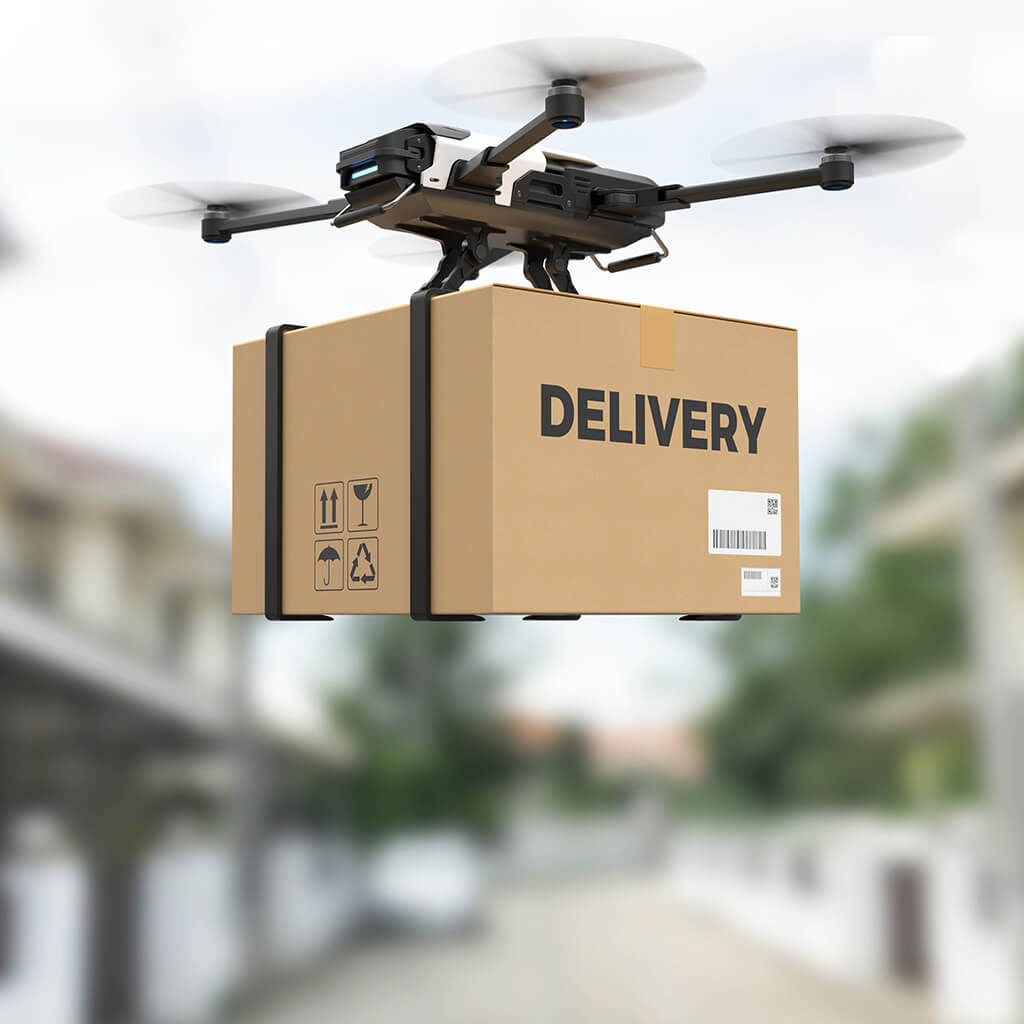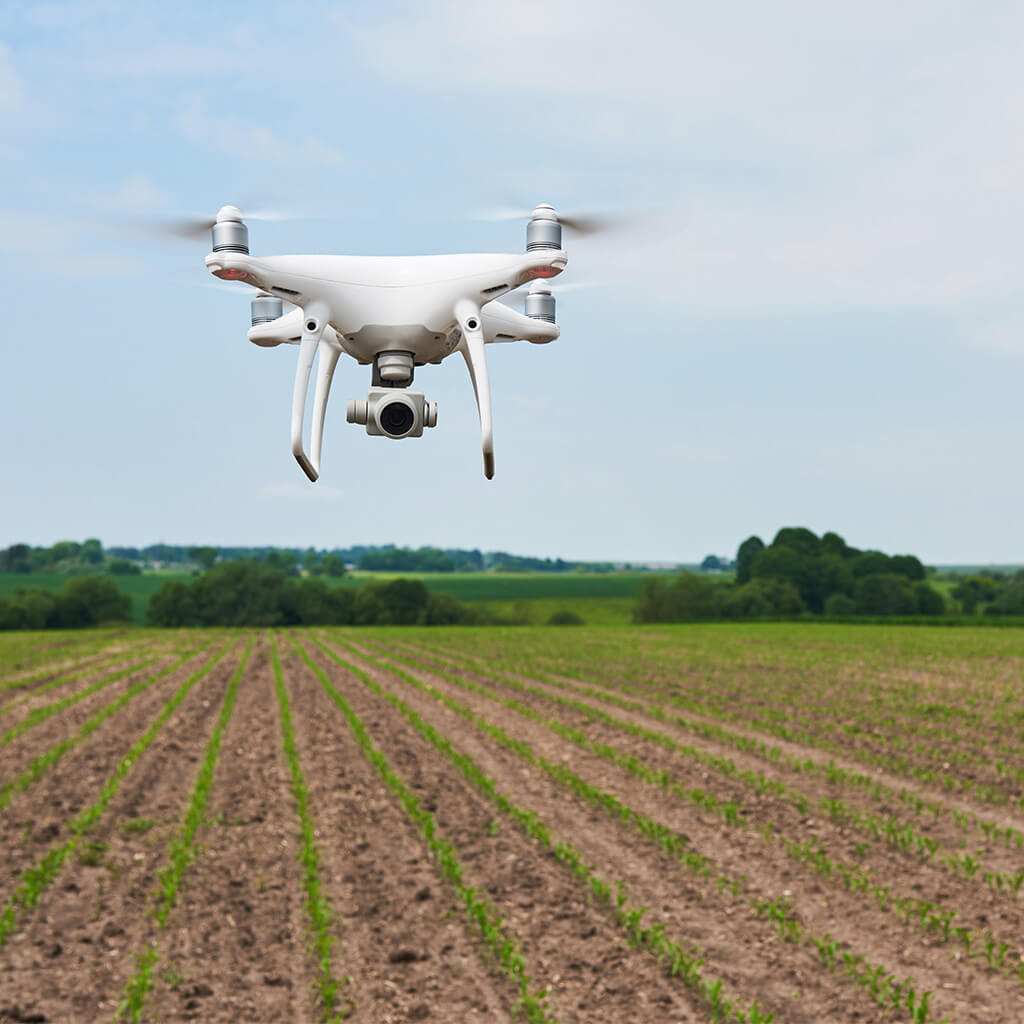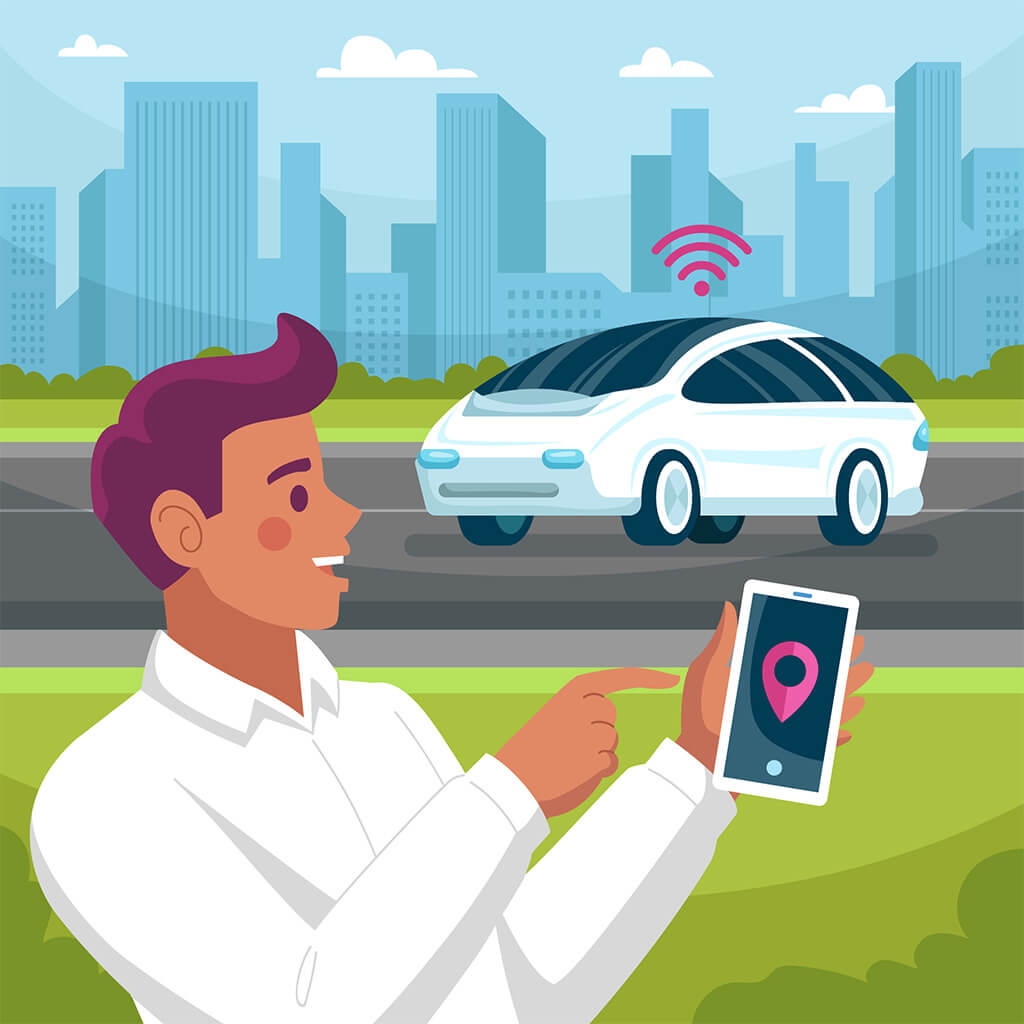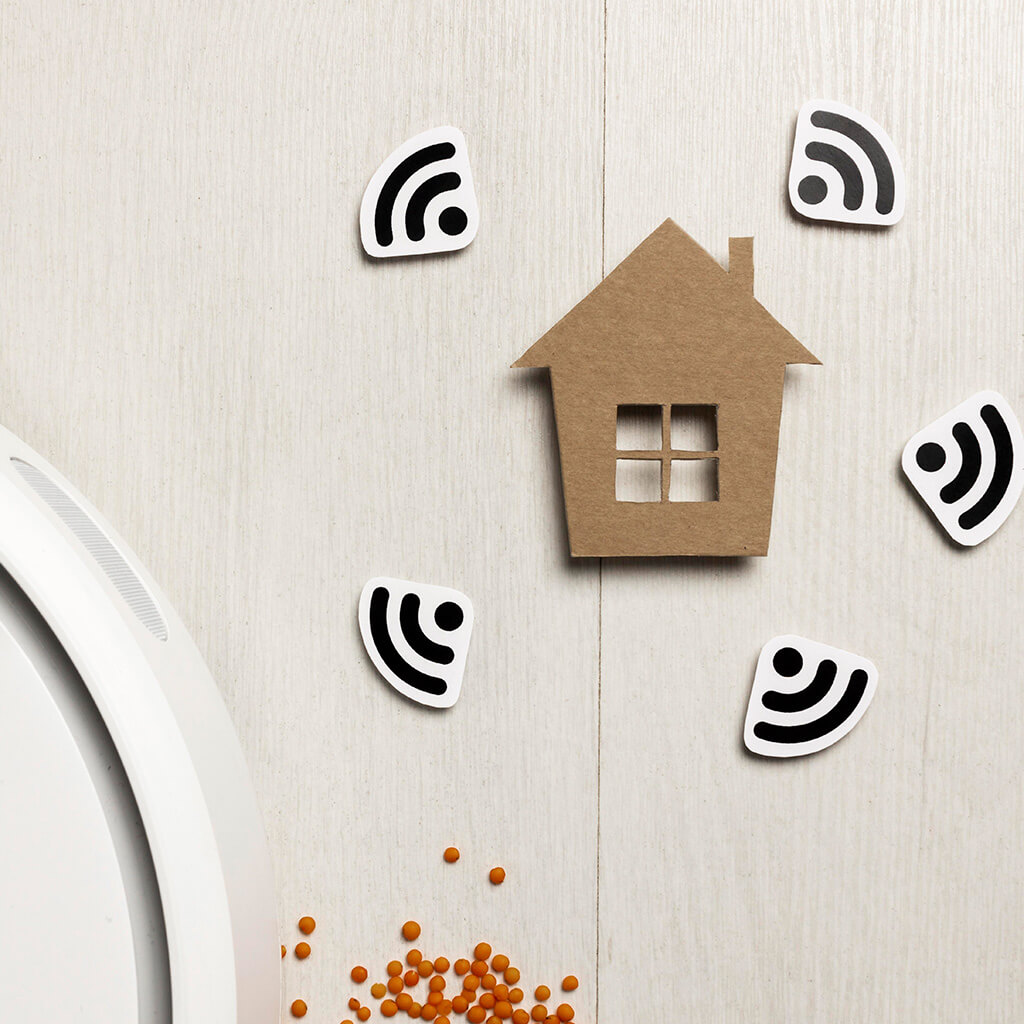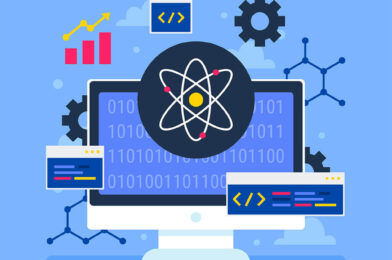We live in an era where social media has become an integral part of our daily lives. We wake up to Instagram stories and go to bed scrolling through Twitter feeds. While these platforms offer countless benefits, from connecting with friends worldwide to accessing information in mere seconds, the constant stimulation and pressure to stay connected can take a toll on our mental health and well-being. The notion of a “social media detox” has gained traction as individuals seek to regain control over their time and attention. But what does a social media detox entail, and is it possible to unplug without missing out on the benefits of these platforms?
Firstly, it’s important to understand why we might need a break from social media in the first place. The excessive use of these platforms can lead to negative comparisons, impact self-esteem, and contribute to feelings of anxiety and depression. The constant notifications and fear of missing out (FOMO) can result in increased stress levels and a sense of being overwhelmed. A social media detox provides an opportunity to reset and refocus, allowing individuals to take a step back and re-evaluate their relationship with these platforms.
A social media detox doesn’t have to mean completely abstaining from all platforms. It’s about setting boundaries and regaining control. It could involve deactivating certain accounts, deleting apps from your phone, or setting time limits for usage. For example, you might decide to only check social media during specific times of the day or dedicate one day a week as a tech-free day. It’s also important to replace that time with meaningful activities that enrich your life, such as hobbies, socializing, or spending time in nature.
During your detox, you might experience withdrawal symptoms such as restlessness and a constant urge to check your phone. It’s crucial to be mindful of these feelings and remind yourself of the reasons behind your detox. The urge to reconnect will diminish with time, and you’ll start to feel more present and grounded in your daily life. To make the process easier, communicate your intentions with friends and family, so they know you’re taking a step back and can support you.
While disconnecting from social media, you might worry about missing out on important events, news, or social gatherings. However, it’s a common misconception that a social media detox means completely isolating yourself. You can still stay connected and informed through other means, such as subscribing to newsletters, reading articles, or following specific pages that provide valuable information. Additionally, staying in touch with friends and family doesn’t have to solely rely on social media platforms. Pick up the phone and give them a call, send an email, or make plans to meet in person.
Another concern during a social media detox is the potential impact on your professional life or business. If you use social media for work, such as content creation or marketing, it’s important to set clear boundaries. You can schedule content in advance to free up time during your detox period or delegate tasks to a colleague or assistant. Communicate your temporary absence or reduced activity to your followers, so they know you’re taking a step back but remain engaged.
The benefits of a social media detox can be profound. You may find yourself with more time and energy to focus on personal goals and passions. Your mind may feel calmer and less cluttered, improving your concentration and productivity. You might also notice an improvement in your mood and overall happiness as you become more present and mindful of your surroundings. Taking a break from the constant pressure of curating your online persona can be liberating, allowing you to rediscover your authentic self and what truly matters to you.
The key to a successful social media detox is finding a balance that works for you. It might take some trial and error to figure out what level of usage feels right, and that’s okay. Remember, this process is about gaining control and ensuring that your relationship with social media is a positive and healthy one. It’s about making intentional choices that align with your values and support your well-being. Whether that means a temporary break or a more permanent reduction in usage, the important thing is that you’re listening to your needs and making adjustments accordingly.
In conclusion, a social media detox can be a powerful way to regain control over your time and attention, improve your mental well-being, and reconnect with the world around you. It doesn’t have to mean missing out or completely disconnecting; it’s about setting boundaries and rediscovering a healthier balance. By taking a step back, we can re-evaluate our relationship with these platforms and make conscious choices that support a happier and more fulfilling life. So, if you’re feeling overwhelmed or sense that social media is taking up too much of your time, consider giving a detox a try and see the positive changes it can bring.
